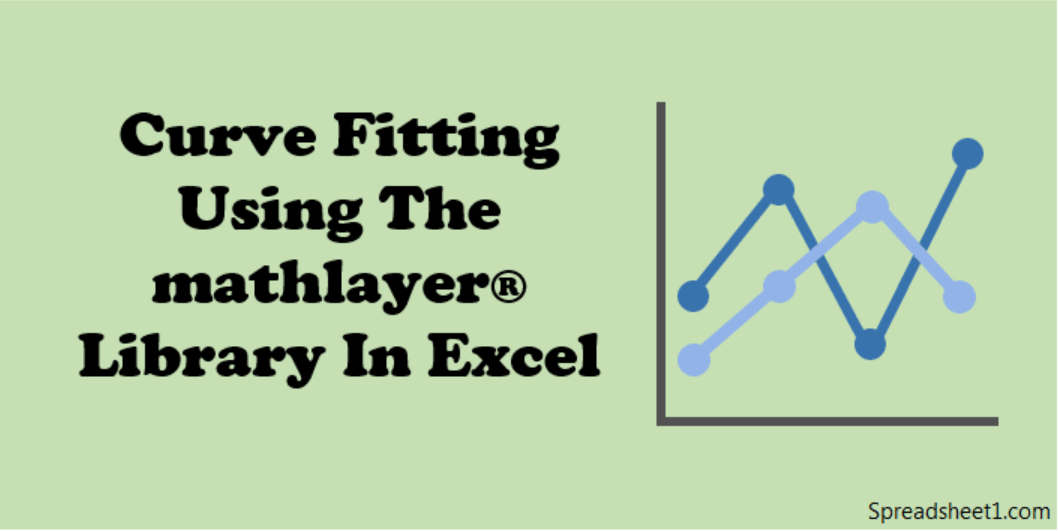A wide range of problems is solved through curve fitting techniques. In quantitative finance, curve fitting is extensively used to calibrate functional forms to volatility smiles. In the Oil & Gas industry curve fitting is applied to calibrate production decline curves.
Traditionally in Excel curve fitting problems are solved through the solver add-in. Although very handy, it has some fundamental drawbacks, one of them being the recalculation of all open workbooks at each iteration of the fitting process. Another drawback being its opacity: it works as a black box providing limited visibility to the end user.
We present hereafter a novel way of building your own solver from scratch using mathlayer® free add-in. The function you need to fit is parsed and interpreted and thus does not depend dynamically on cell values making it a much faster and lighter alternative to the solver add-in. In addition, the user can visualize calibration steps using animations and has full access to the algorithms’ source code.
Traditionally in Excel curve fitting problems are solved through the solver add-in. Although very handy, it has some fundamental drawbacks, one of them being the recalculation of all open workbooks at each iteration of the fitting process. Another drawback being its opacity: it works as a black box providing limited visibility to the end user.
We present hereafter a novel way of building your own solver from scratch using mathlayer® free add-in. The function you need to fit is parsed and interpreted and thus does not depend dynamically on cell values making it a much faster and lighter alternative to the solver add-in. In addition, the user can visualize calibration steps using animations and has full access to the algorithms’ source code.







